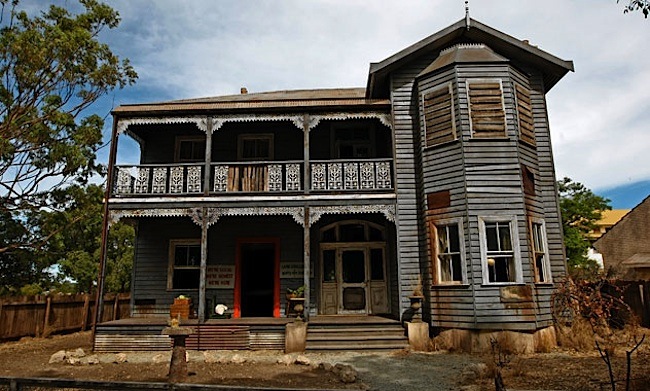Mention red herrings in mysteries, and one's mind turns naturally to Agatha Christie, she of the artful misdirection, the nasty suspects, and the unexpectedly important clues. But Kate Morton's new Homecoming, provides worthy competition and adds two interesting twists to the old formula.
For one thing, there are no obvious villains. For another, all the victims are genuinely, a reversal of the common pattern, most felicitiously summarized in one of my favorite mystery titles, Nobody's Sorry He's Dead. In Homecoming, by contrast, everyone is sorry and so they should be.
But what of suspects? Here again Homecoming has some surprises. The venue is a small town in the Adelaide Hills of Australia in the late 50's. Everyone knows everyone and most are on good terms, while those closest to the victims are almost uniformly decent, public spirited, generous, and kindly natured. Little joy there for the unfortunate detectives.
The case, concerning a mother and three of her children found dead after a picnic and a fourth child, a weeks old infant, missing, not only proves impossible to solve but becomes a famous true crime novel, a bestseller in both Australia and in the States, home to its author, Daniel Miller. Like the rest of the characters, he is a decent fellow, a careful researcher, an empathetic interviewer, and altogether an ethical journalist.
And here is the other clever touch, his book becomes a trusted source for one of the key protagonists in Homecoming, Jess Turner-Bridges, the grand daughter of Nora, who is the sister-in-law and aunt of the victims. In 2018, when the much loved Nora takes a serious fall and winds up in grave condition in the hospital, Jess returns to Sydney from London where she has been working as a journalist.
Nora's fall soon triggers Jess's investigative instincts, because it occurred on the dangerous attic stairs, long forbidden to the household. Why had Nora, well into her eighties, risked those stairs? And was there any connection to what one of her carers describes as an upsetting letter from South Australia, location of the small town where the famous case occurred fifty-nine years earlier?
Inveterate readers of mysteries will know that Jess's questions will eventually lead to at least a partial solution of the case, but the unraveling entails a complex narrative skillfully done. Events of the 50's are relayed by our omniscient narrator, while we have Jess's perspective on contemporary 2018 events in London and Sydney.
We also have old documents and newspaper reports and most importantly, Daniel Miller's book, As If They Were Asleep, which is Jess's bible for most of her investigation. Chunks of Miller's narrative form a counterpoint to her personal life, her memories of her grandmother and of Polly, her absent mother, who has a complicated life story of her own.
Throughout the book, the consequences of romantic disappointments, bad advice, and a desperate longing for children confirm the notion that domestic life can have as high stakes as any thriller. Homecoming delivers a good story while showing that there are still new ways to outwit the reader and to keep mysteries mysterious.


































